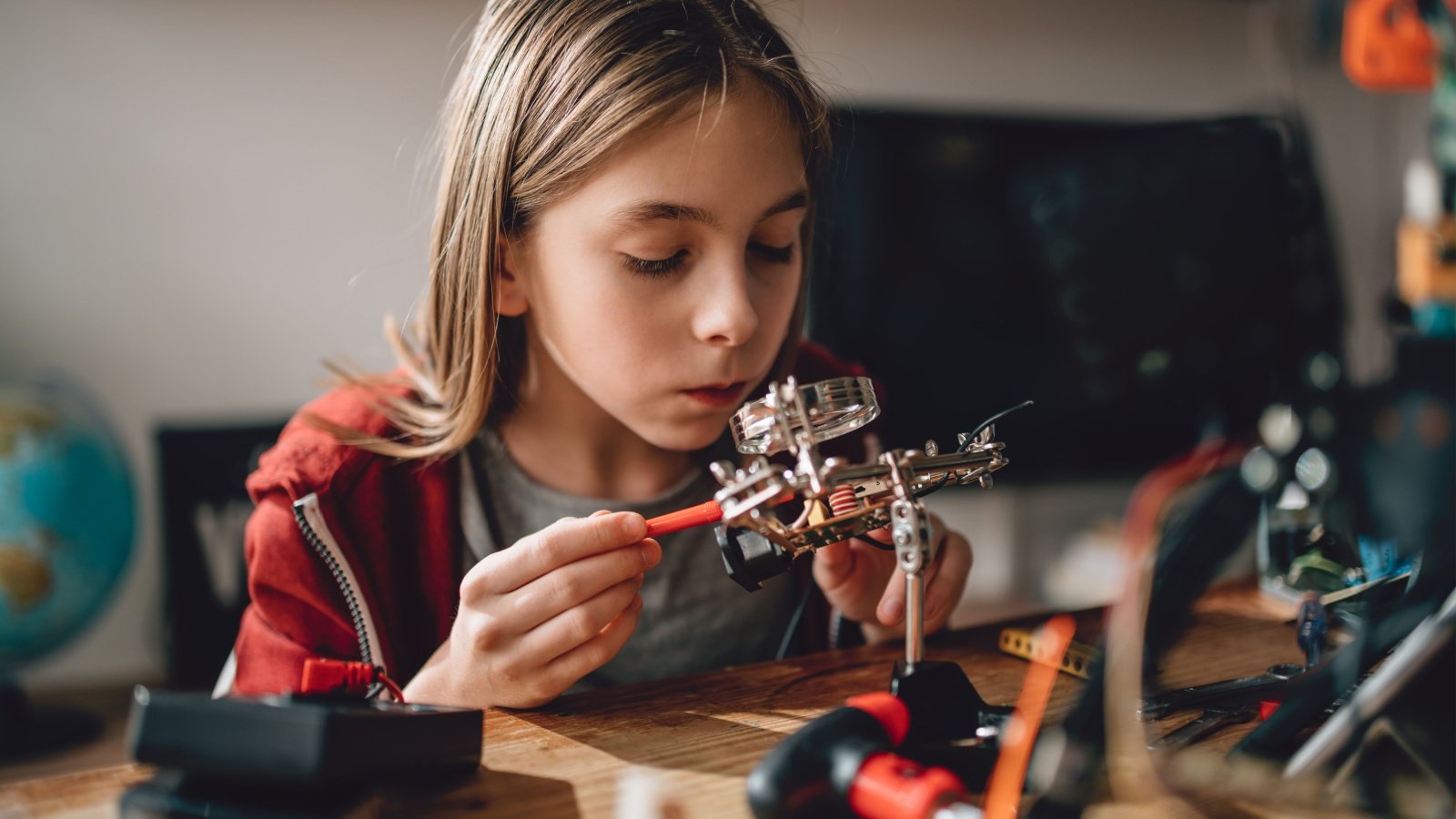Times have changed, and so have our perceptions of what’s safe for our children. The playgrounds and classrooms of generations past hold risks that today’s parents won’t tolerate. Let’s take a closer look at the school activities that are now deemed too risky and explore the reasons behind this cultural shift.
Climbing Tall Structures
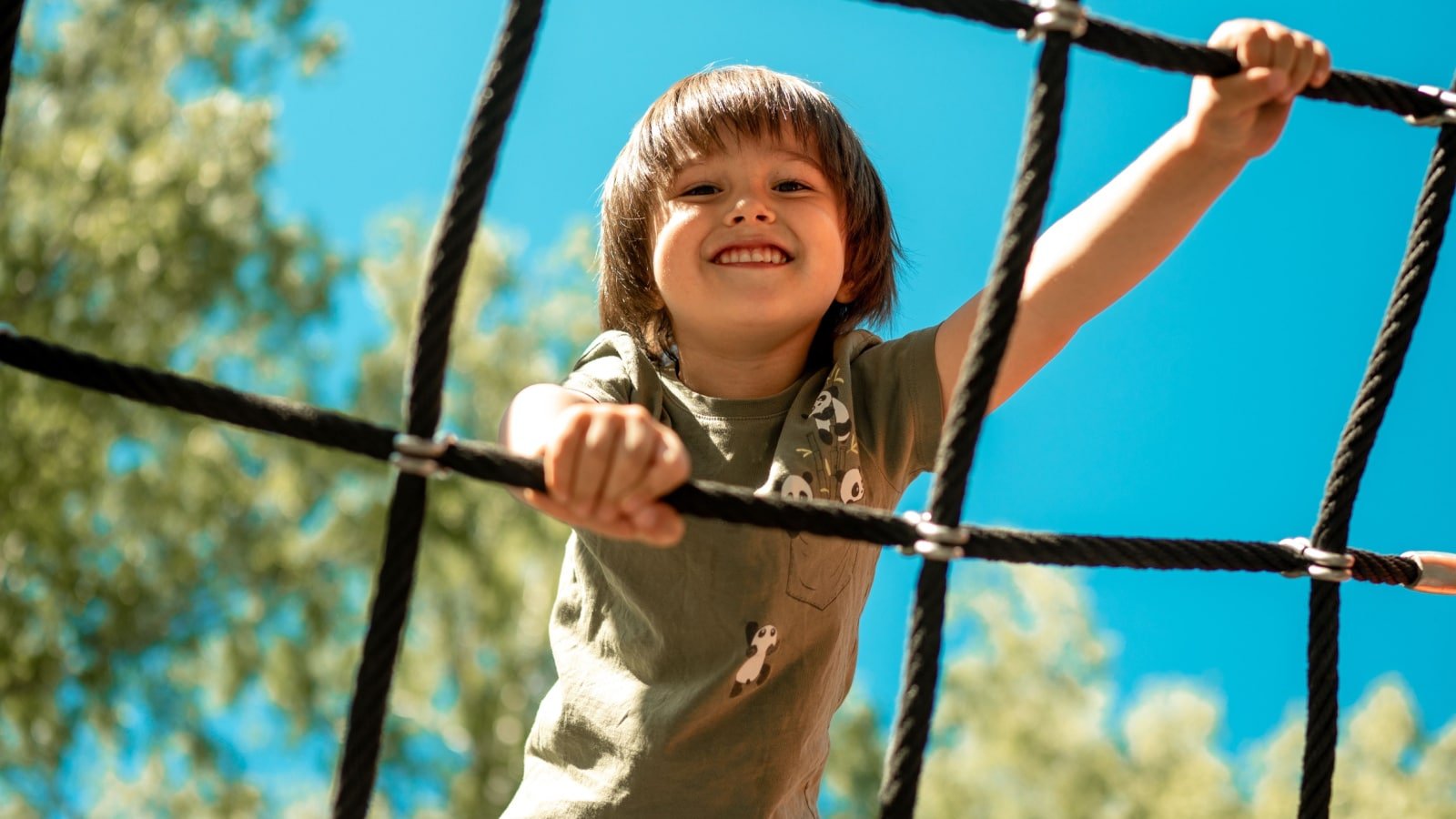
Parents today often view climbing high jungle gyms as too risky. The potential for falls and injuries is too great a risk, overshadowing the benefits of physical challenge and courage. Modern playgrounds have been redesigned with lower heights to mitigate these concerns.
Dodgeball
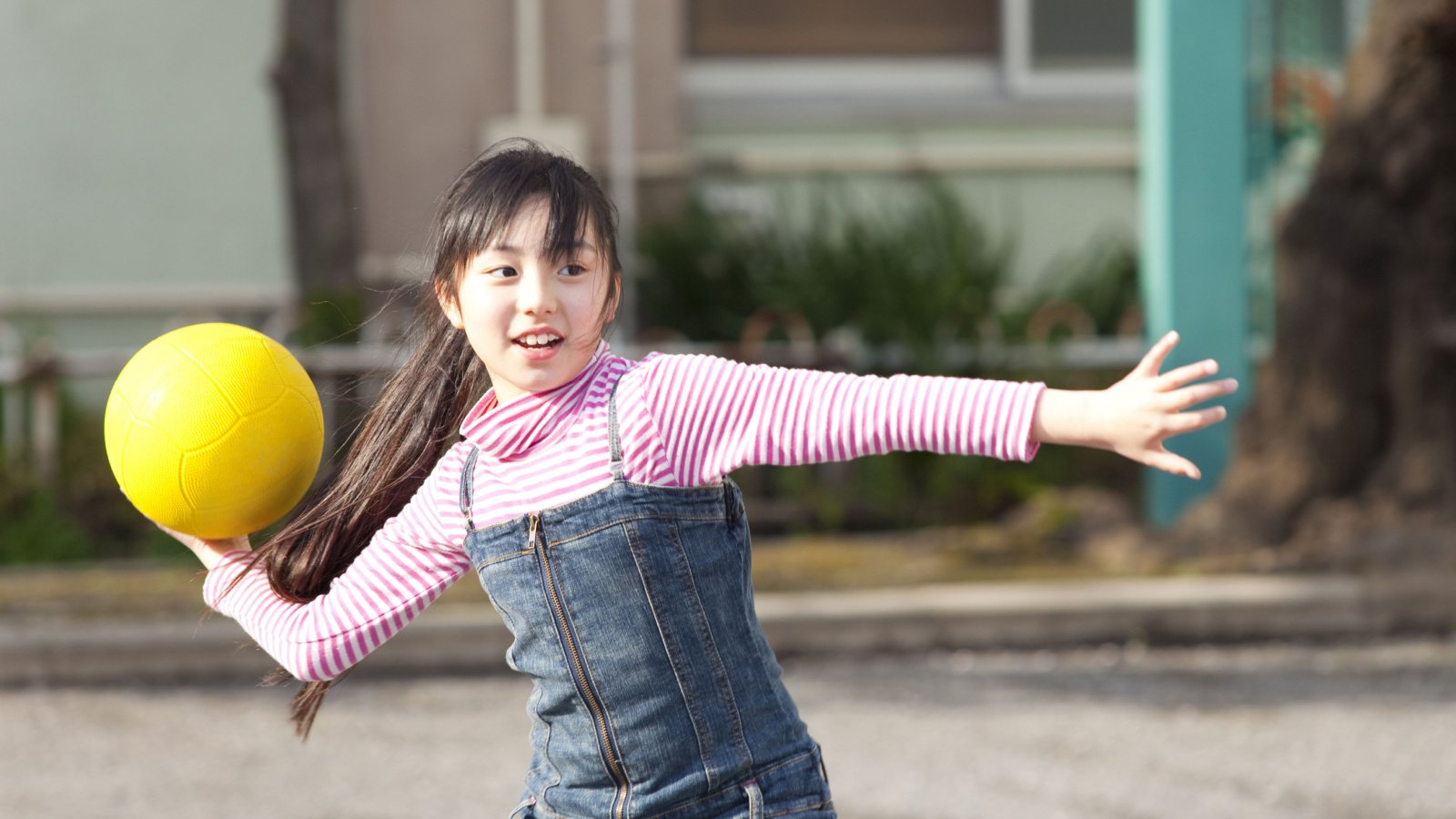
Once a staple of P.E. classes, dodgeball is now seen by many parents as too aggressive and exclusionary. The fear of physical harm and emotional distress from being targeted or hit has led to its decline. Schools are increasingly replacing it with less confrontational activities.
Unsupervised Walks

The idea of students taking unsupervised walks during school hours has become almost unthinkable. Concerns over safety, stranger danger, and the possibility of getting lost have greatly reduced the freedom once afforded to children.
Chemistry Experiments

Hands-on chemistry experiments are now heavily regulated. Parents worry about the risks of burns, poisoning, or explosions, leading schools to favor simulations and demonstrations over actual student experimentation.
Woodworking Classes
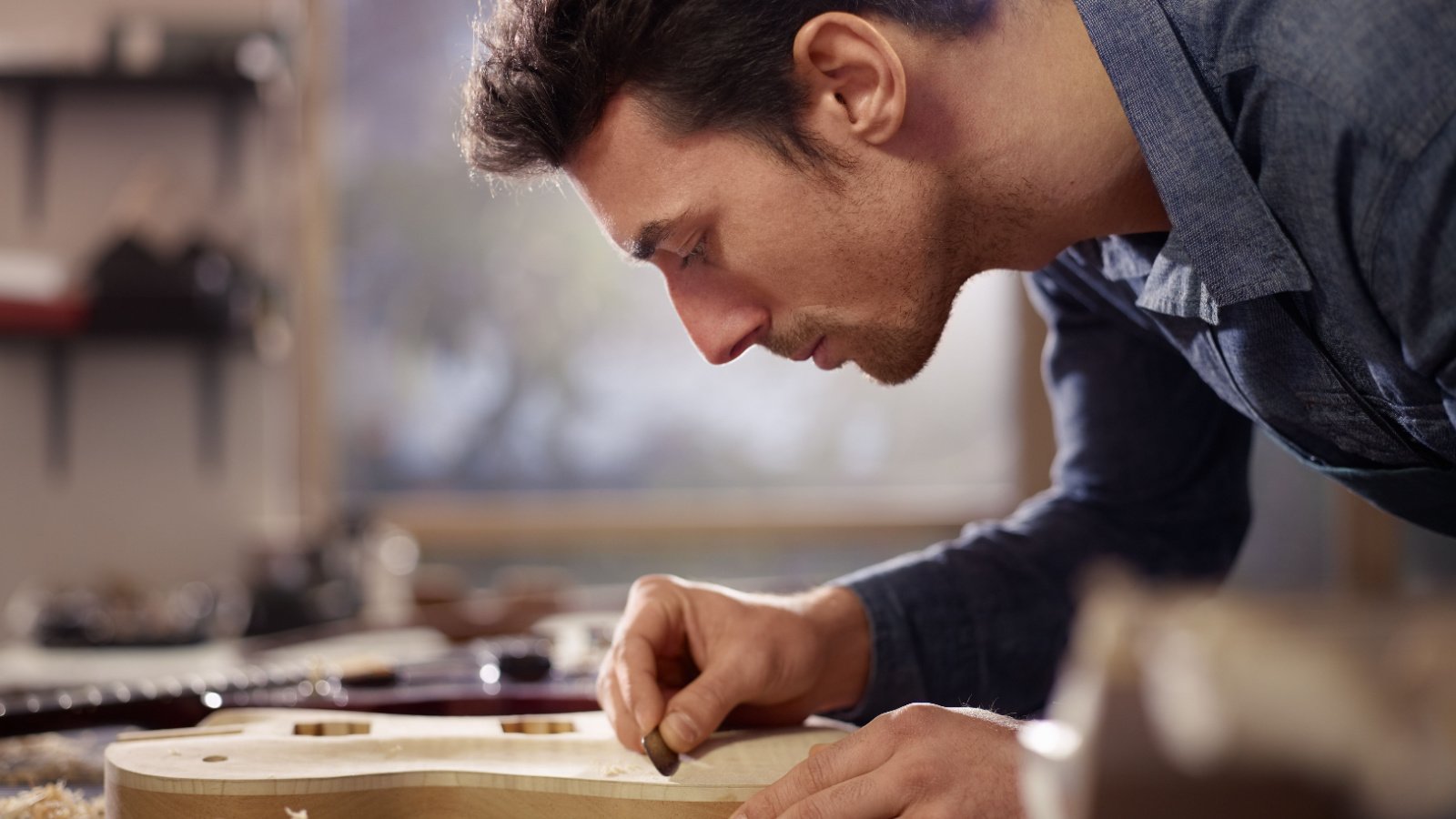
Woodworking classes, with their power tools and sharp implements, are now considered too hazardous by many parents. The risk of cuts, punctures, or worse when using saws and drills has led to a decline in these practical skills classes.
Open Swimming Sessions
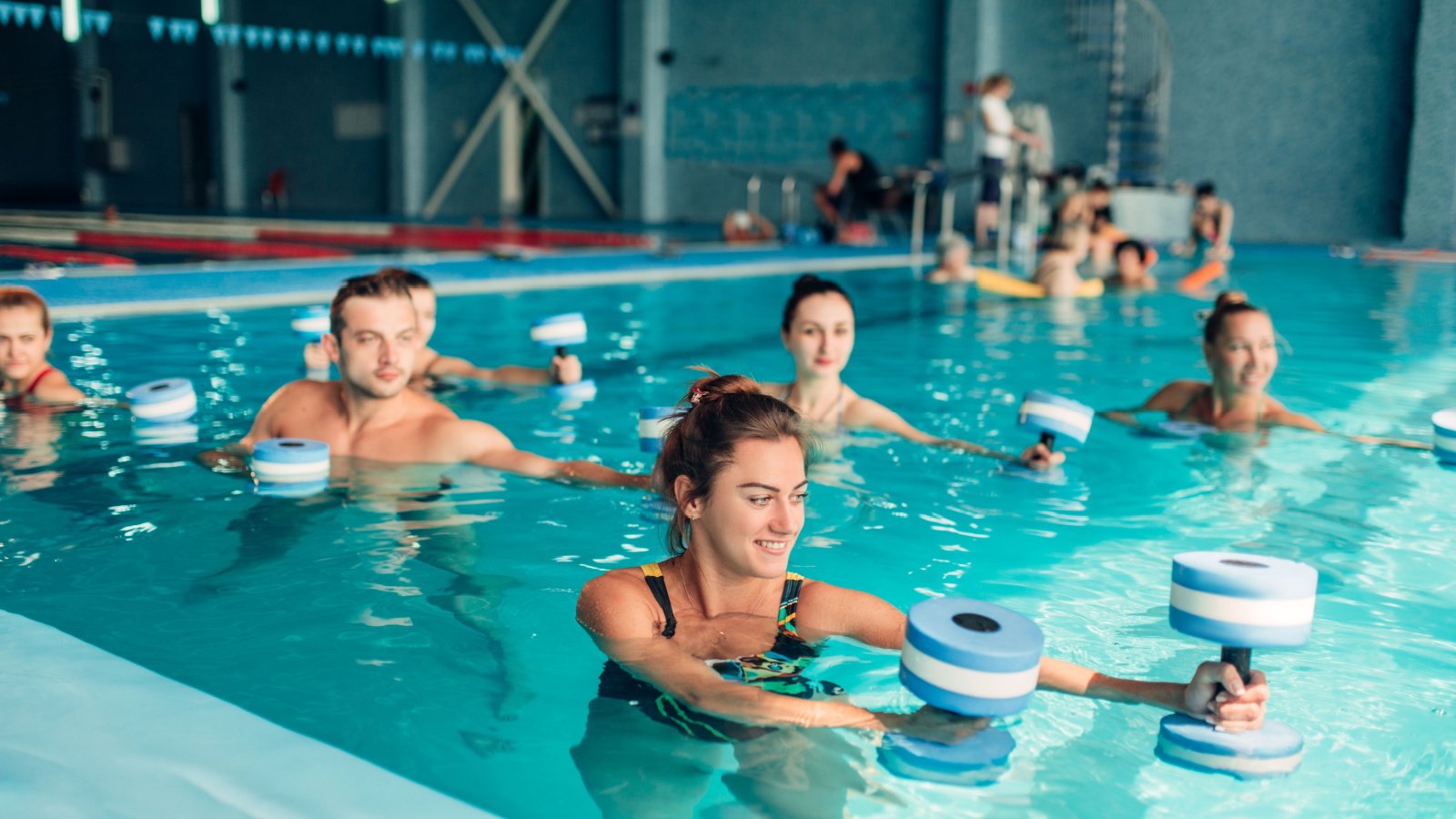
Swimming classes without stringent supervision and safety measures are a cause for concern. The fear of drowning or poolside accidents has heightened the demand for lower student-to-instructor ratios and more controlled environments.
Field Trips to Remote Areas

Field trips to remote or wilderness areas are increasingly rare, as parents express concerns about safety, access to medical facilities, and the unpredictability of nature. Instead, schools opt for visits to well-equipped educational centers or virtual tours.
Contact Sports

Contact sports like football and rugby face scrutiny over concussion risks and long-term brain injuries. Parents’ concerns have led to increased safety protocols and, in some cases, calls for these sports to be modified or removed from school programs.
Snowball Fights

What was once a joyful winter activity is now often banned on school grounds. The risk of injury from ice or hard-packed snow, along with the potential for conflicts to arise, makes this a no-go. The spontaneous joy of snowball fights is replaced by structured, risk-assessed play.
Climbing Trees

Climbing trees during recess is a nostalgic memory that today’s risk-conscious parents are less likely to allow. Fears of falls and broken limbs have pruned this activity from many schoolyards.
Barefoot Races

The thrill of running barefoot on grass has become another casualty of safety concerns. Parents worry about cuts, infections, and bee stings, leading schools to keep shoes firmly on students’ feet.
Tag and Chase Games

Tag and other chase games are increasingly viewed as too chaotic and prone to injury. Concerns about collisions, falls, and the intense physical competition have led to restrictions or outright bans.
Slingshot Crafting

The making and use of slingshots, once a common pastime, is now frowned upon. The potential for injury and property damage has seen this activity relegated to the past. Schools are far more likely to encourage non-violent forms of creativity.
Rope Swings
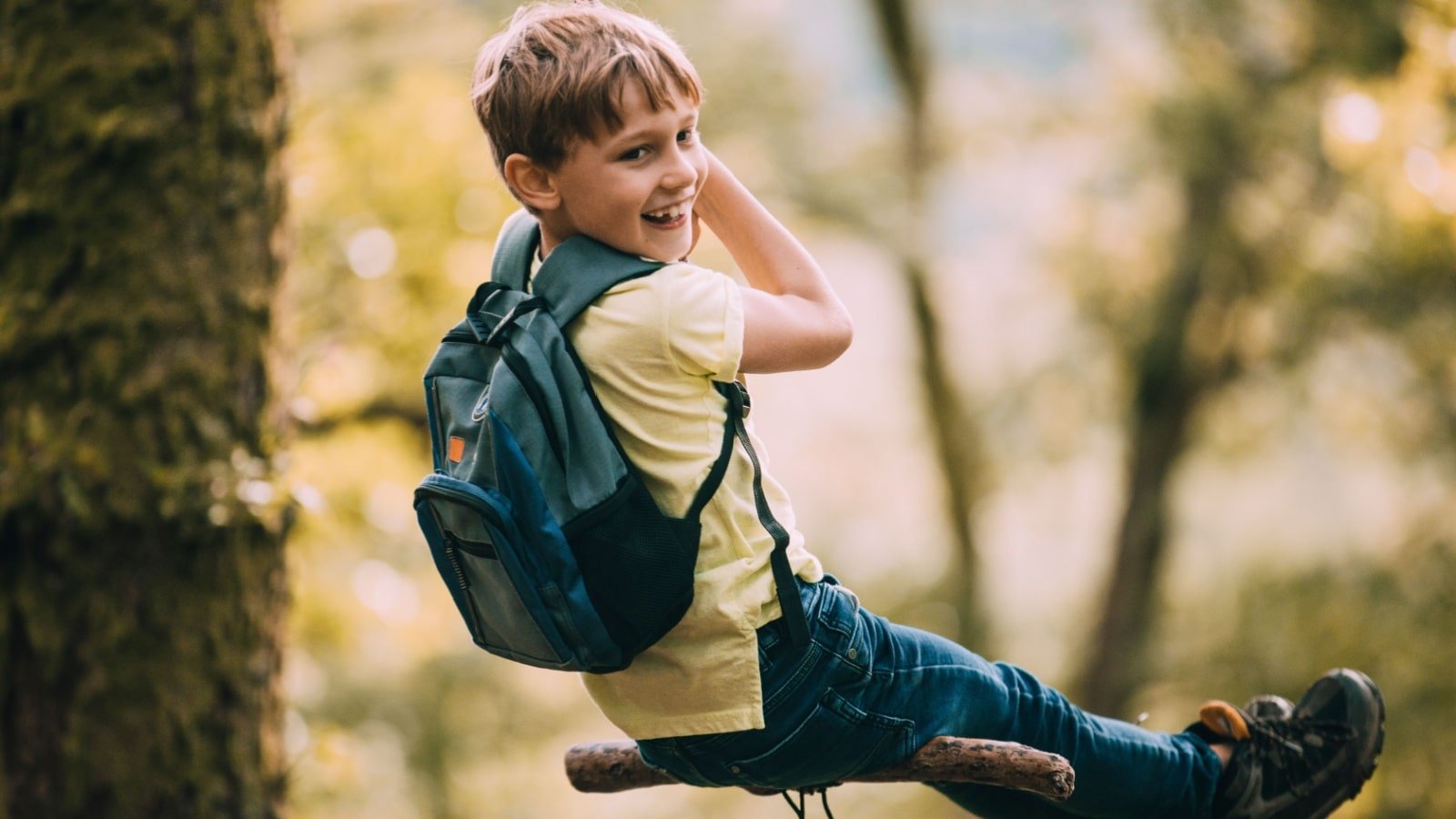
Rope swings over lakes or rivers represent a bygone era of unsupervised thrill-seeking. Today’s parents are more likely to deem this too dangerous, citing risks of drowning or injury. The wild joy of a rope swing leap is now a rare and carefully monitored event, if it happens at all.
Skipping Rope Competitions
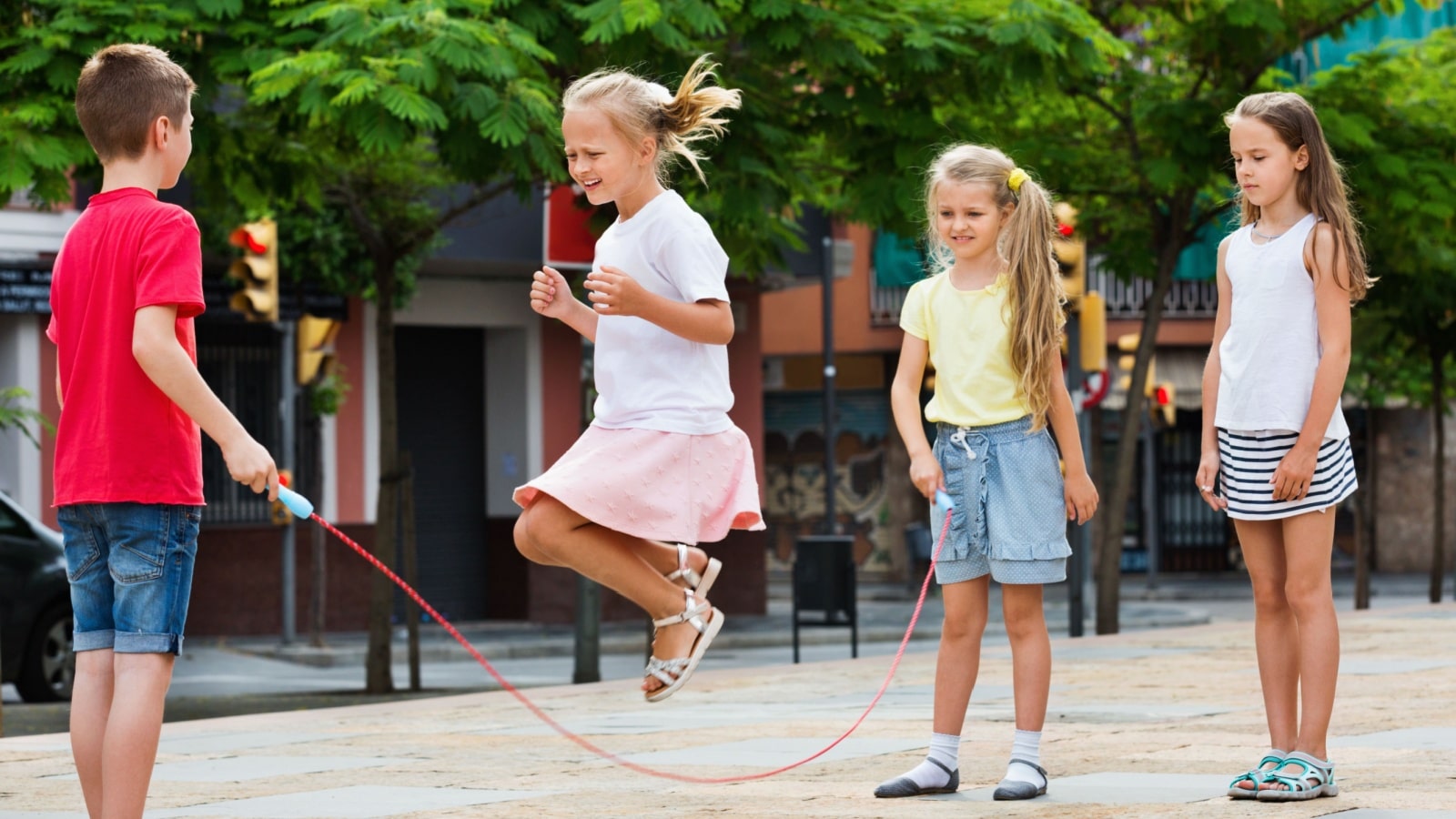
While skipping rope is still a beloved activity, the competitive aspect is often toned down. The drive to win can lead to overexertion or injury, making some parents wary. Schools promote skipping for fun and fitness, with less emphasis on competition.
Hopscotch on Hard Surfaces

Playing hopscotch on concrete or asphalt is now often replaced with safer, softer surfaces. The hard reality of scrapes and bruises from falls has led to this shift. The game continues, but the environment has been softened to cushion inevitable tumbles.
Treehouse Building

Building treehouses is a rare school activity now. The potential for falls during both construction and play has led many schools to avoid such projects. The lessons in teamwork and construction are now often learned through less risky activities.
Archery
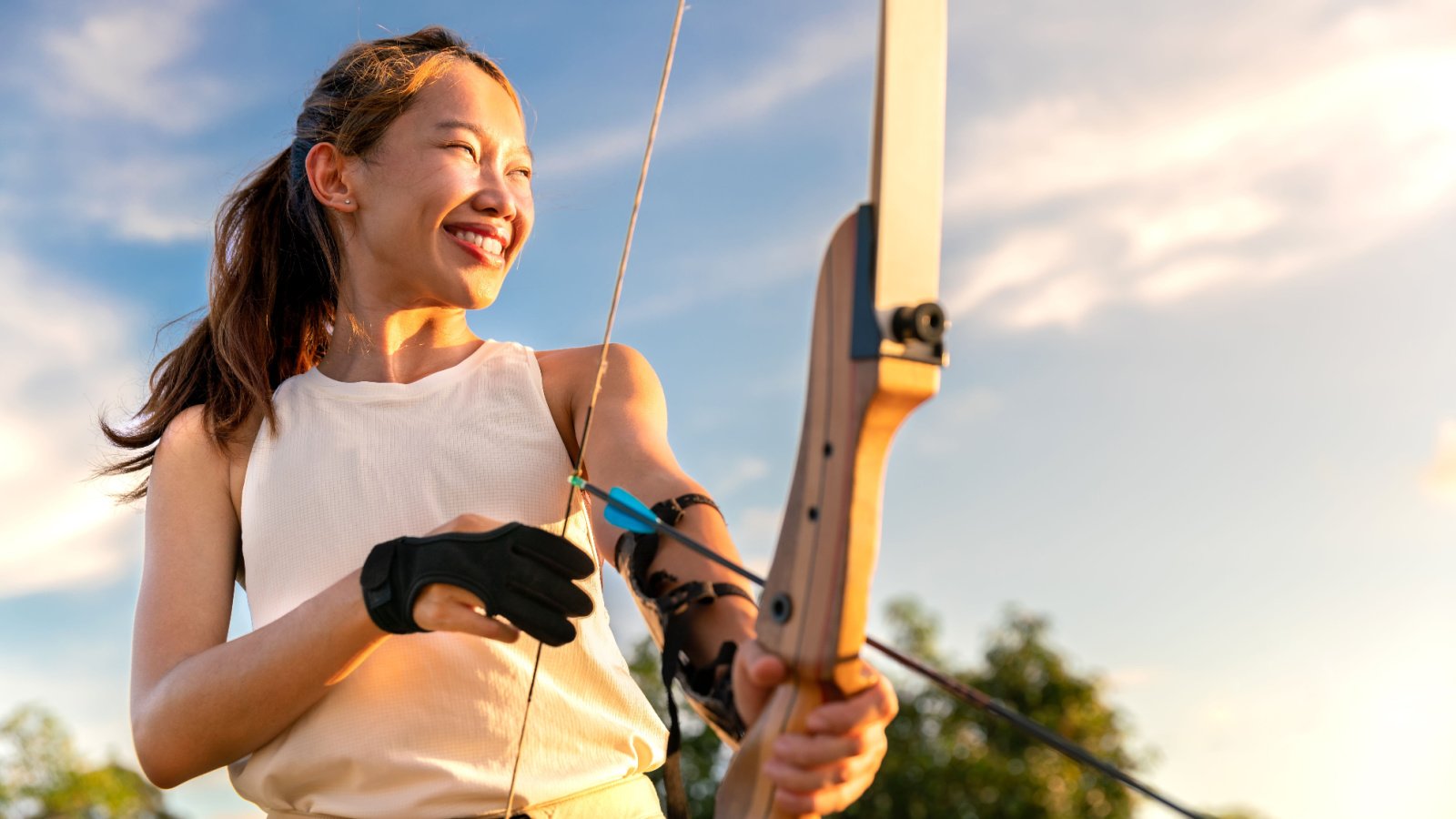
Archery, with its inherent risks, faces strict regulations or exclusion from physical education programs. Parents’ concerns about the dangers of arrows, even with rigorous safety measures, have led to a decline in its popularity.
Tug of War
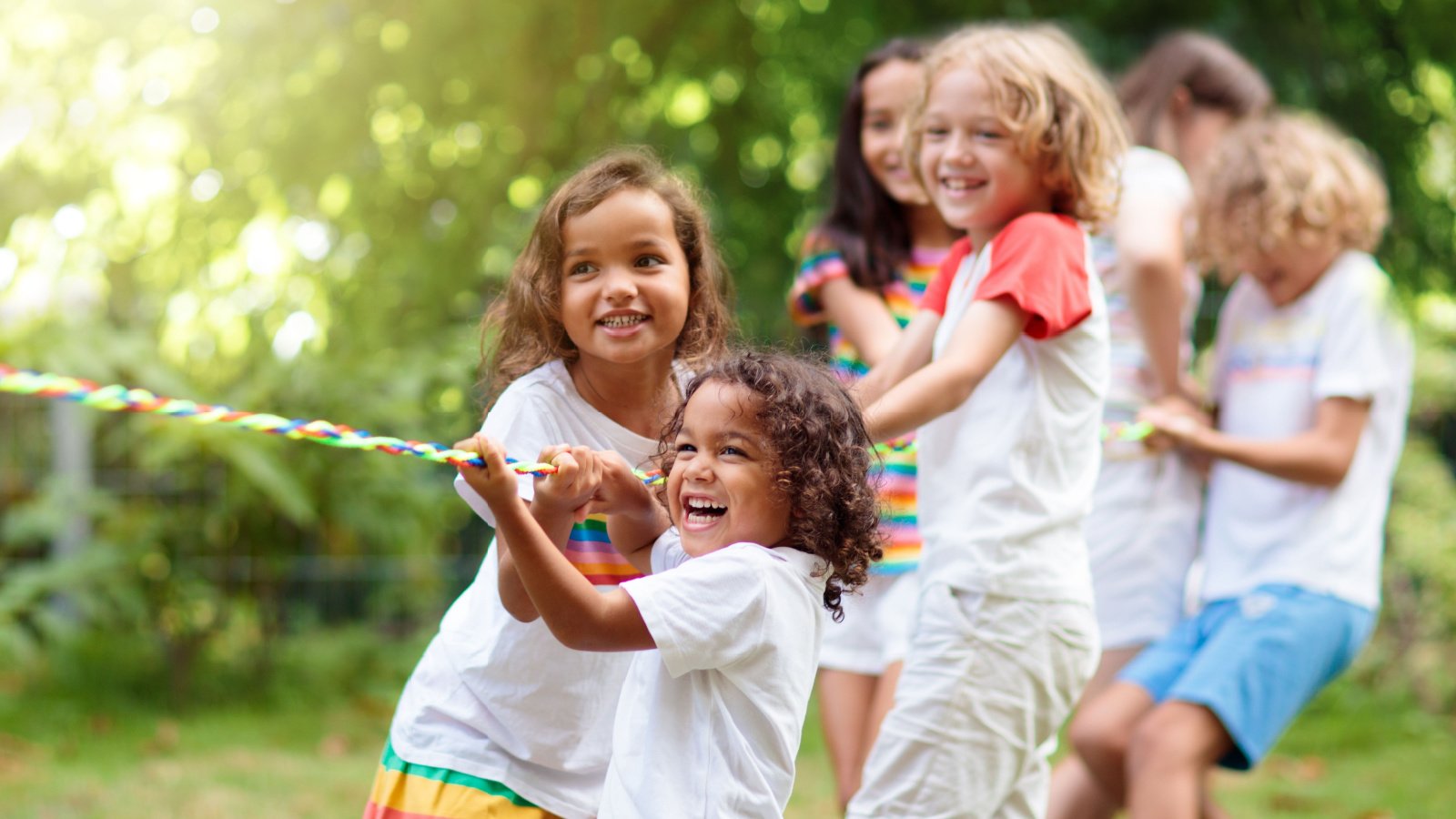
Tug of war is seen by some as too physically demanding and risky, with the potential for rope burns or joint injuries. This has led to a reevaluation of its place in school activities. The emphasis has shifted towards team activities that pose less risk of physical harm.
Manual Metalworking

Metalworking classes, involving high temperatures and molten materials, are closely scrutinized. The risk of burns or accidents has made these classes less common, with a greater emphasis on theory over practice.
High Diving

High diving into pools is rarely sanctioned in school settings due to the risk of injury. Diving from significant heights requires precision and skill, leading many schools to err on the side of caution.
Unsupervised Group Games
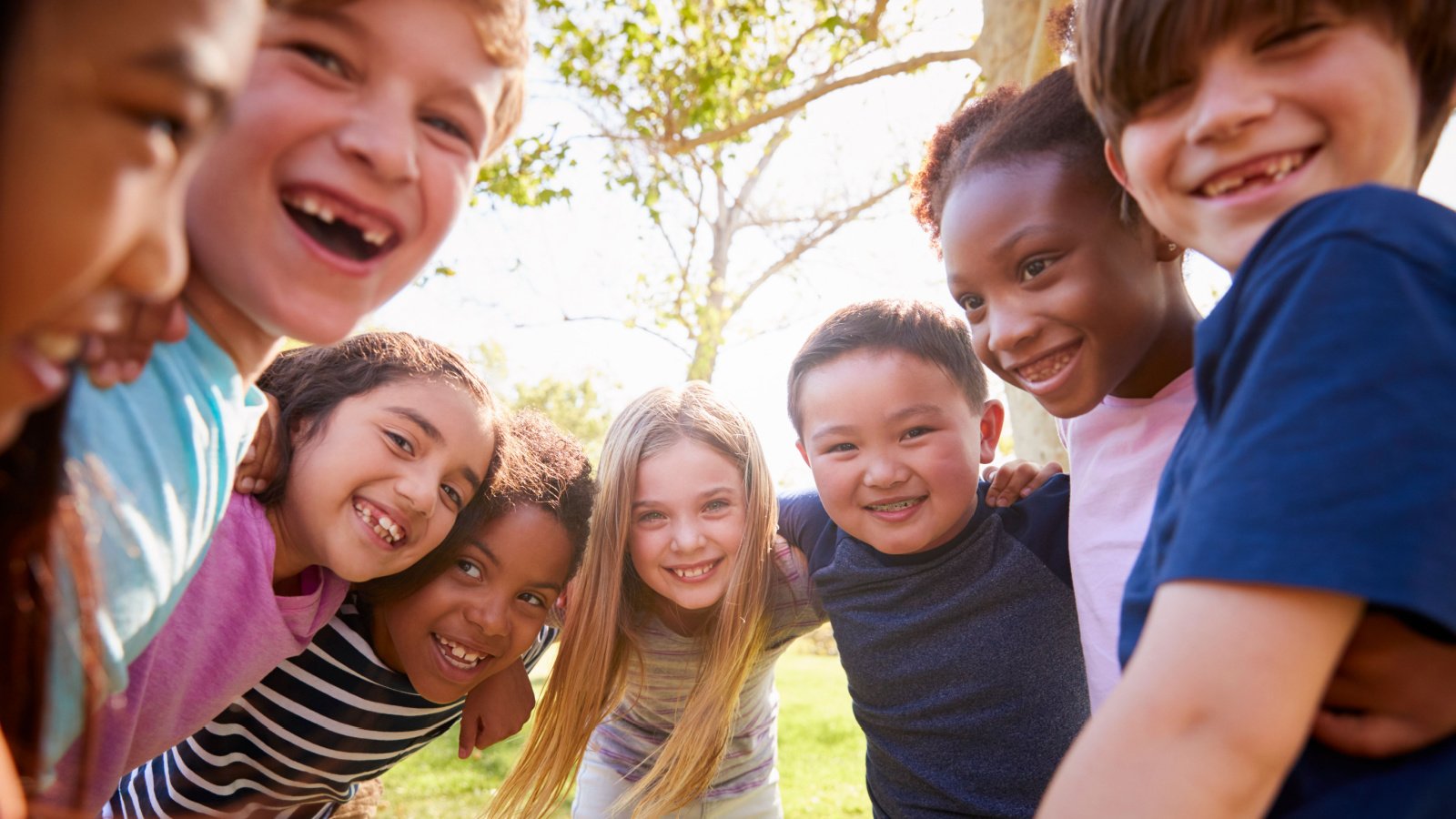
The era of unsupervised group games in school is fading, as adults are always nearby to oversee activities. This change stems from a desire to prevent bullying and ensure all play is inclusive and safe.
Stilt Walking
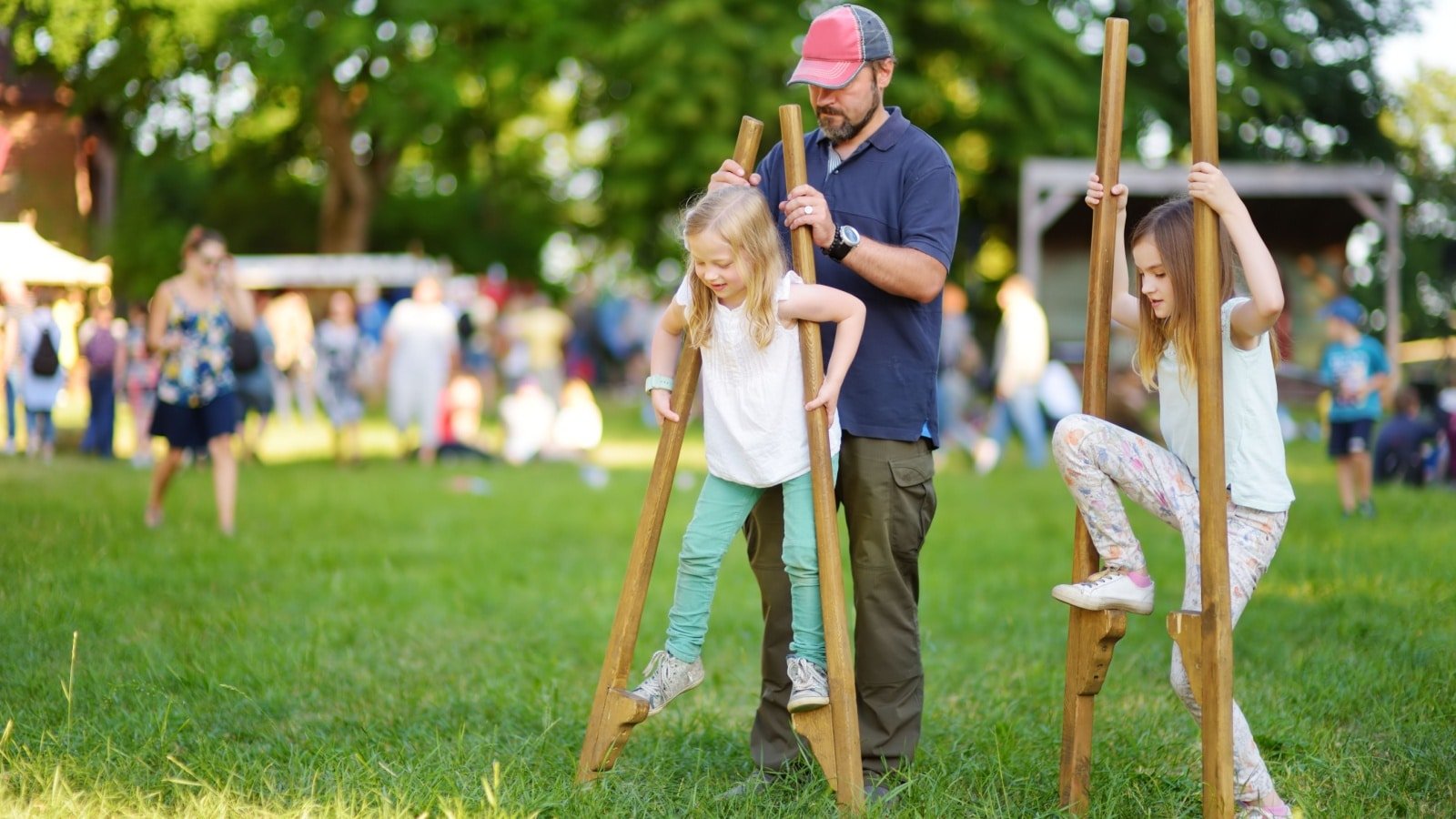
Walking on stilts, once a playful challenge, is now deemed too risky by many parents and schools. The danger of falls and injuries from an elevated height has led to its decline. Stilt walking is replaced with safer, ground-based activities that offer less risk.
Fire-building Skills
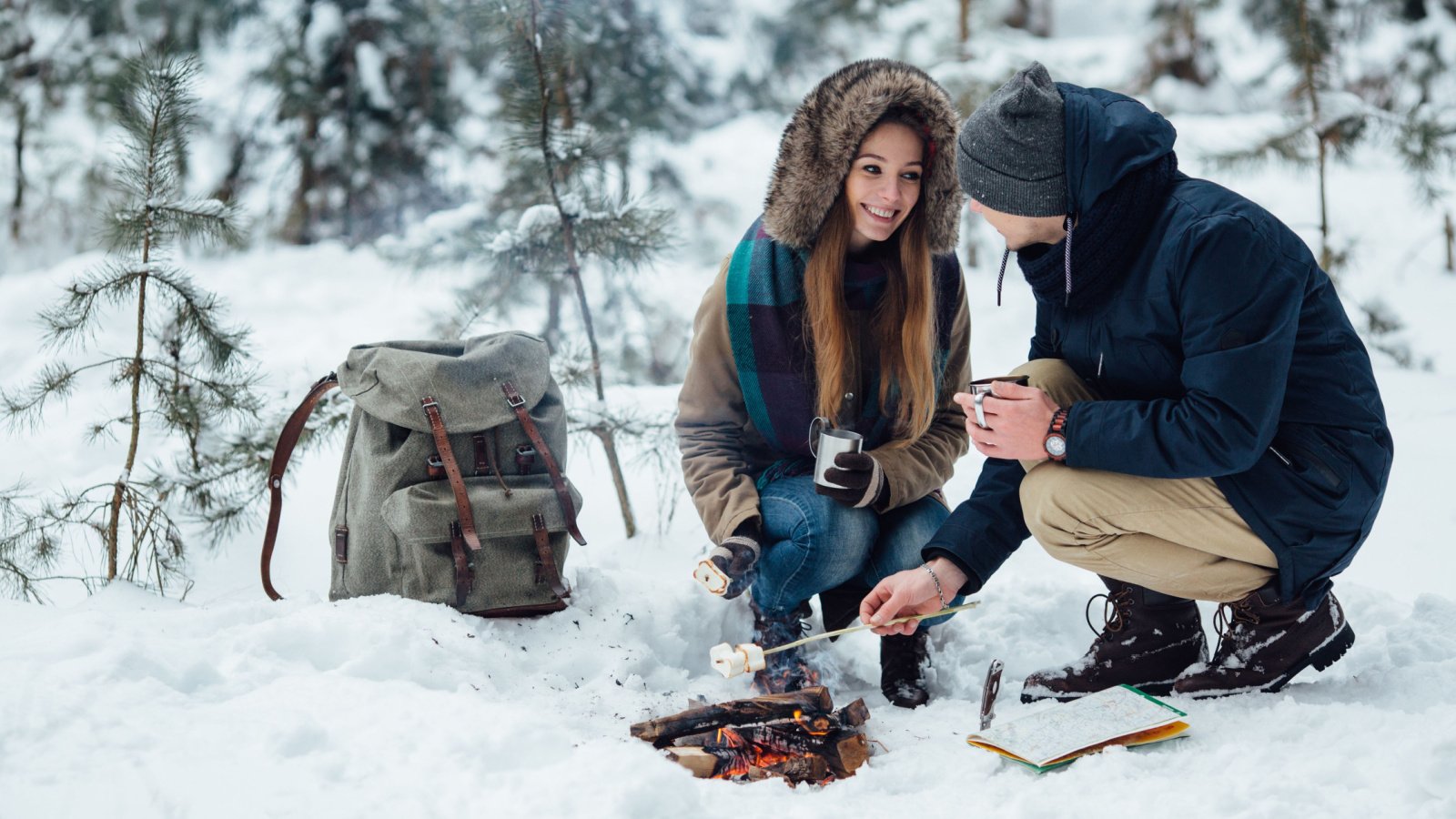
Teaching students to build and manage fires, a valuable survival skill, is now often avoided due to obvious safety concerns. The potential for accidents and the importance of fire safety have made this a rare lesson.
Ice Skating on Natural Ponds

Ice skating on natural ponds or lakes during winter is a cherished memory for many but is now seen as too dangerous. Schools and parents opt for supervised, artificial rinks to ensure safety.



